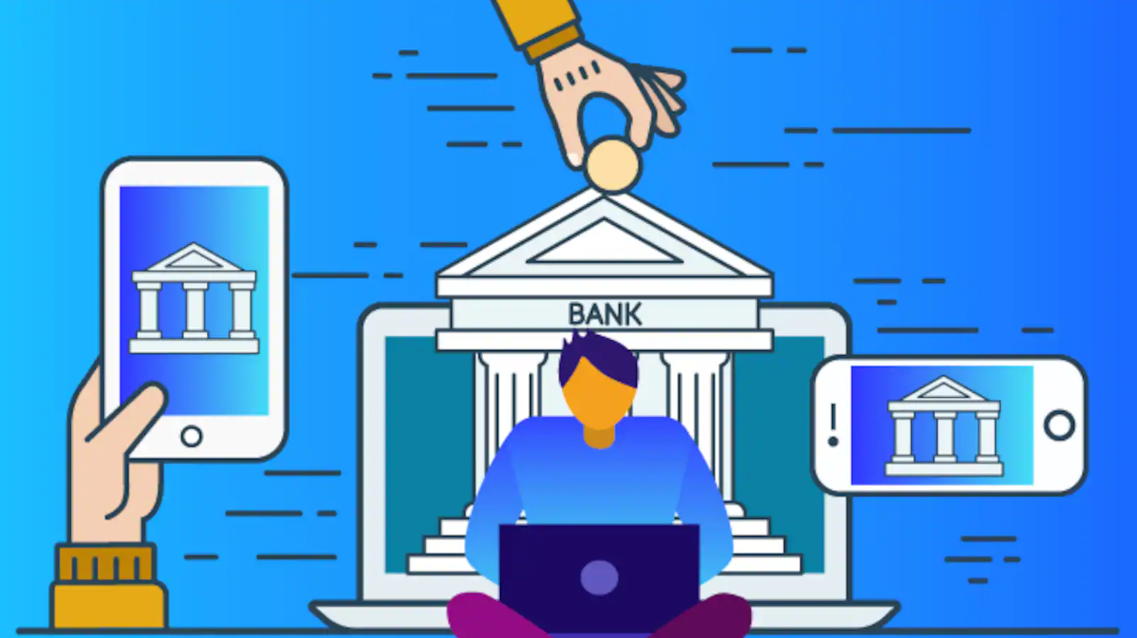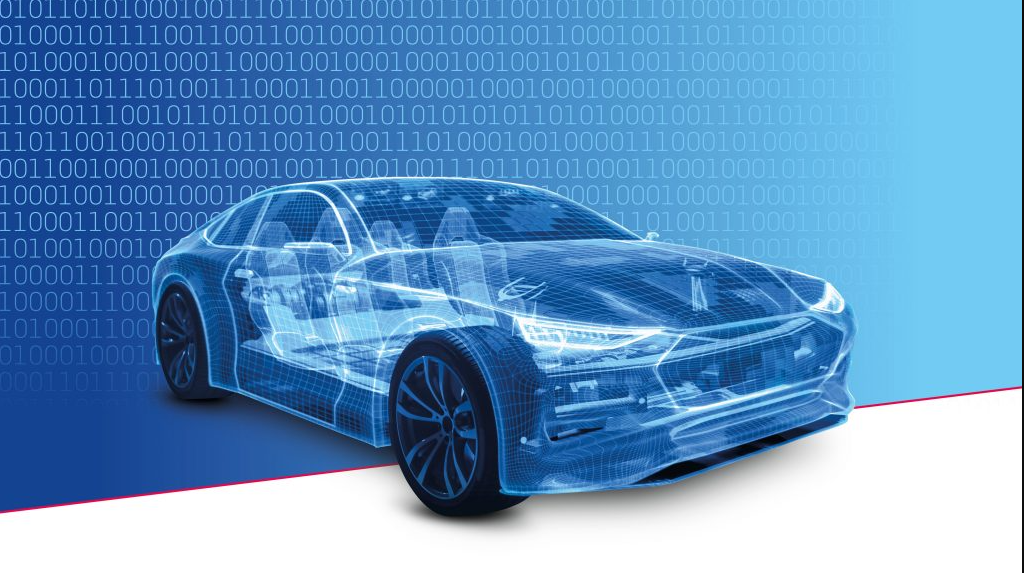Understanding the Modern Banking System: A Guide to Services and Security
In today’s high-tech modern world, banks have developed to meet the complex needs of individuals, businesses, and even whole countries. Whereas traditional banks were centered around personal interactions, today’s banking is digital and secure. It is more accessible than ever before. However, more convenience means greater complexity. The two problems of services and security are particularly irksome in this era of banking. The article here provides a detailed understanding of the modern banking system’s key elements, the benefits it offers and finally how its sophisticated security measures keep people’s records safe.
Modern Banking Systems’ Core Elements Modern banking systems are built on multi-functional platforms that integrate technology, customer service protected by law and regulation. In the center of such systems, the key functions are to move funds back and forth, keep them safe from robbery or theft during storage in an individual account or when they are being transferred and give users management power over what happens to their finances. Their core components include: Infrastructure— central banks, commercial banks and financial institutions constitute a network That ensures funds are available and transactions process smoothly.
IT–Technological advances like cloud computing, artificial intelligence (AI) and blockchain have allowed these systems to work more efficiently. In consequence they offer faster, more open services.
Security and risk management
Security and service are modern banking’s core elements Modern banking’s core components include core banking systems, mobile and Internet banking, and payment processing systems.
(1) Core Banking Systems (CBS): This is the heart of a bank’s operations. It processes daily transactions and tracks accounts, loans and customer records. These systems give customers access to banking services from any branch or digital platform.
(2) Mobile and Internet Banking: Modern Banking depends heavily on mobile apps and Internet platforms. Users are provided through them with easy access to their accounts, the ability to carry out transactions, pay bills and manage their finances remotely.
(3) Payment Processing Systems: Make sure digital payments, whether credit cards; debit cards or online third-party platforms are processed safely and correctly.
The services that modern banks offer go vastly beyond account administration. The development of technology has allowed banks to offer a wide range of financial products and services- thus better meeting the needs of their customers.
1. Checking and Savings Accounts: These basic services allow customers to safely store and manage their money, with access to funds via ATMs, debit cards or online platforms.
2. Loans and Credit Facilities: Banks provide everyone from mortgages to personal loans and credit cards, an extensive range of financial products aimed at meeting individual as well as business needs. With automated systems, loan approvals and disbursements are now faster than ever.
3. Investment Services: Today many modern banks offer investment options, providing retirement accounts, mutual funds and wealth management services, so that their customers can grow their money over time.
4. Digital Payment Solutions: With the rise of e-commerce and mobile payments, banks have been putting services together like peer-to-peer transfers, mobile wallets or contactless payment, enabling secure transactions wherever wherever.
5. Cross-border Services: With globalization has come international money transfers being handled by banks, and the provision of foreign exchange services for businesses and individuals.
The Importance of Security in Modern Banking From a customer’s point of view, as banking transitions increasingly into cyberspace, security has become their top concern. Cybersecurity threats of all kinds-including data breaches, identity theft, and fraud have induced banks to invest heavily in high-tech security measures. Modern banking systems are designed to provide a high level of security, making sure that customer data and transactions are safe.
1. Encryption: The bank uses encryption to protect data being shared between customers and it, so that. Unauthorized third parties can ’ t intercept or decrypt that information. With end-to-end encryption becoming an industry standard for financial transactions.
2. Two-Factor Authentication (2FA): To provide an extra level of security, many banks will require customers that go online in order to verify their identity using not only a password but also two-factor authentication – meaning they should get some kind confirmation by SMS or email authentication from the bank before logging in via a Username/Password combination which simply isn’t sufficient protection for authenticating oneself successfully so as not allow unauthorized users access because they cracked one particular part only while hacking into all other aspects of security protocol across various levels which may be integrated under different departments inside that same company such as IT audit and QA department. Such added layers are increasingly important.
3. Biometric Authentication: Increasingly, banks are setting up biometric security controls, such as fingerprint scanning, facial recognition, voice recognition and the like, to keep customer accounts secure against unauthorized access.
4. Fraud Detection Systems: Using artificial intelligence and machine learning techniques, banks monitor accounts for unusual or suspicious activity. This can automatically stop possible scams in their tracks, thus protecting customer accounts.
5. Blockchain Technology: Some banks embrace the use of blockchain technology, a decentralized ledger system that makes tamper-proof transaction records possible. This further enhances both security and transparency in financial transactions.
Conclusion
Modern banking systems offer birth and pecunia to individuals and corporations alike. Banks now have such a broad array of services that people living life in something else still may be at them with new requirements. From mobile bank processing through secure software applications online which ensure that the whole transaction hash never croses anybody’s desk or even remotely looks remotely like higher pass reasons why one such company might operate on less customer-friendly terms than another And naturally all along this process–interestingly enough–we are also on the front line of technology as it exists today with many banks leveraging state-of – art equipment including encryption, biometric cards and even blockchain technology to safeguard customer data protection in face of cyber threat potential. Will the future of banking be even more seamless, efficient and secure? Yes, as long technology continues to advance.









